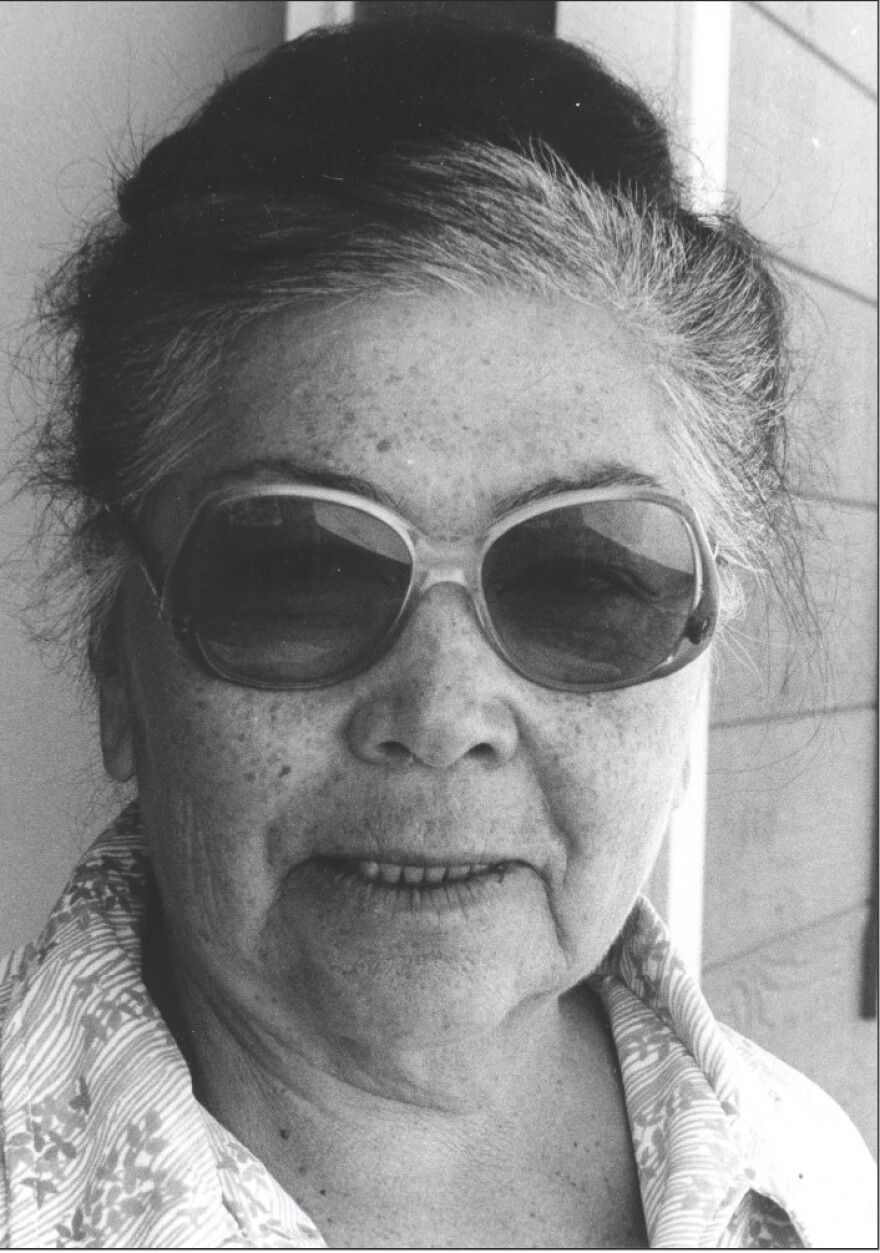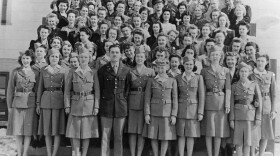The Carson Valley has been the site of some of Northern Nevada’s largest ranches since the 1850's, and soon after that, members of the Washoe tribe who had long lived in the area began to work on some of them as ranch hands and domestic workers. Professional Historian Alicia Barber explores what life was like for American Indians in this segment of Time and Place.
Very often, tribal members who worked on area ranches actually lived in separate cabins on the property, but that largely changed in 1917. That’s when rancher William F. Dressler, whose father was one of the valley’s earliest settlers, donated 40 acres of land just southeast of Gardnerville to the Washoe tribe. After that, many Washoe moved their houses there or built new ones at the colony, which was named Dresslerville.
Outside of work, the native and non-native populations led lives that were largely separate. Bernice Auchoberry, a member of the Washoe who was born in 1914, moved to Dresslerville as a child, and later worked in the Minden home of the Dangberg family.
In a 1984 interview for the University of Nevada Oral History Program, she described some of the conditions tribal members faced when they spent time in the nearby town of Gardnerville.
“Well, then you went to town you weren't allowed in certain places. You couldn't eat in the restaurants. There was a restaurant that was owned by Chinese, and we weren't allowed in their restaurant—not because they didn't like us, but because the white people won't come in if the Indians were allowed in the front part where they served meals. You could go around in the back and order your meal. They had tables back in there for the Indians.”

Tribal members were also subject to curfews, and were expected to be back on the colony or in their homes by a certain time in the evening or face penalties.
“Another thing, the Indians weren't allowed in town after 6:00; when the whistle blew you had to be on your way home. If you were caught on the street or anywhere you got put in jail.”
The curfews were eventually abolished, and the overt discriminatory practices gradually lessened. Now ninety acres in size, the Dresslerville Colony has the highest population of any Washoe community in Nevada, and the town of Gardnerville is home to Washoe Tribal Headquarters.
Alicia Barber is a professional historian and co-founder of the website renohistorical.org. Auchoberry’s full oral history transcript and many others can be found within Special Collections at the University of Nevada, Reno Libraries.






